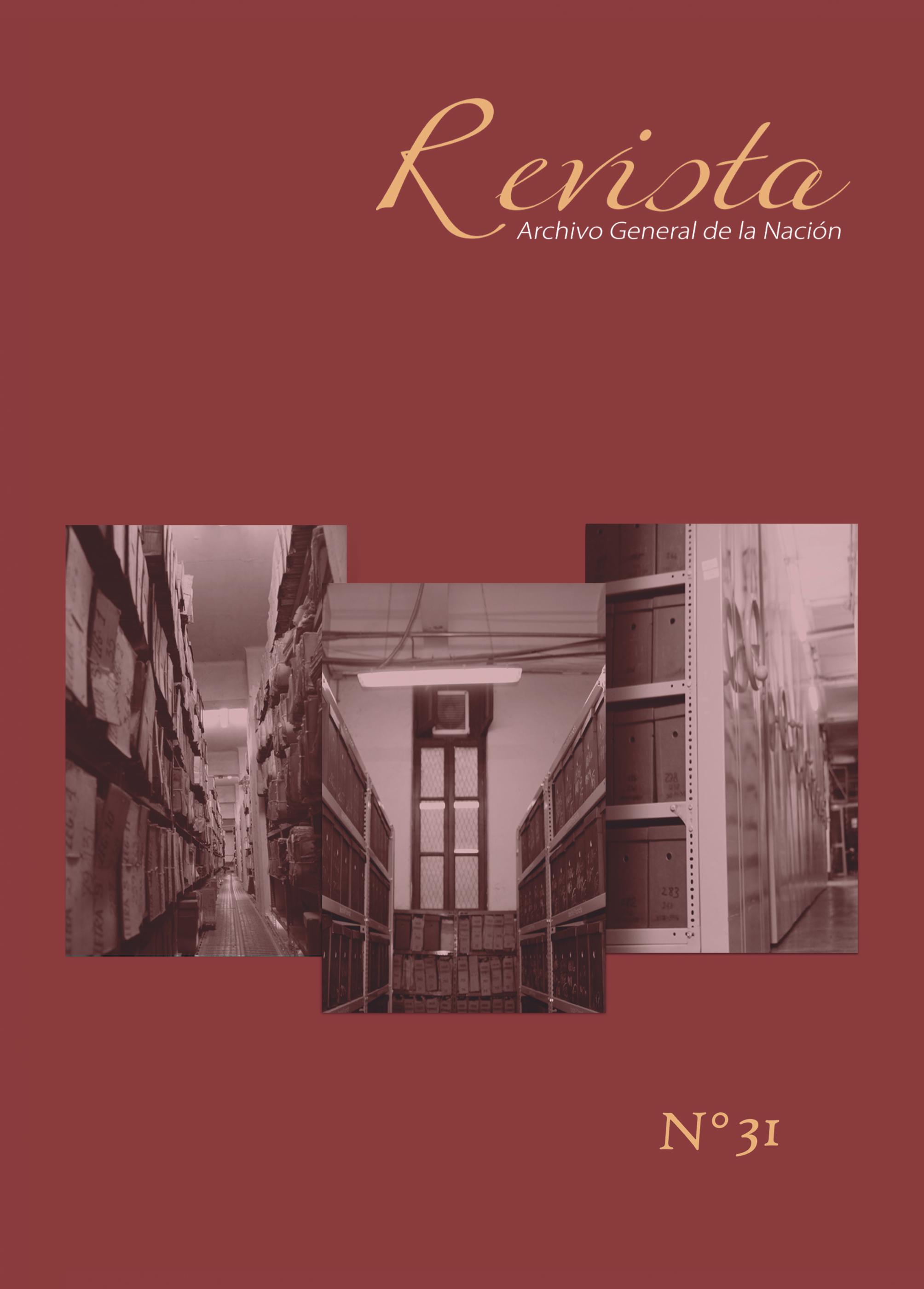The magistrate Manuel Lorenzo de Vidaurre and the birth of the Republic
Abstract
During the last decades of the eighteenth century and the first half of the nineteenth century, the Peruvian territory, such as the rest of Latin America, was the scene of a series of events that slowly produced social changes and engendered and defined a new political order: the system of the republican government. The foundation of the Royal Convictorio of San Carlos, the spread of the liberal ideas of the Enlightenment, the proclamation of the Constitution of Cadiz of 1812, the rebellion of the Angulo brothers and Mateo Pumacahua in Cuzco in 1814, the Declaration of Independence in 1821, the patriotic victory in Ayacucho in 1824, the creation of Bolivia in 1825, and the experiment of the Peru-Bolivian Confederation (1836-1839) were some of the most important events. Manuel Lorenzo de Vidaurre (1773-1841), one of the main representatives of the Peruvian intellectual elite, played a key role throughout the whole process in the sense that after he graduated as a lawyer, he raised radical reforms, opted for separatism and actively participated in the organization of the new state.
Aquellos autores/as que tengan publicaciones con esta revista, aceptan los siguientes términos:
Esta obra está bajo una licencia internacional Creative Commons Atribución 4.0.
El Derecho de autor lo mantienen los autores, los cuales tendrán el derecho a compartir, copiar, distribuir, ejecutar y comunicar públicamente su artículo, o parte de él, mencionando la publicación original en la revista.
Los autores pueden archivar en el repositorio de su institución:
- La tesis de grado de la cual derive el artículo publicado.
- La versión pre-print: versión previa a la revisión por pares.
- La versión post-print: versión final posterior a la revisión por pares.
- La versión definitiva o versión final creada por el editor para su publicación.







